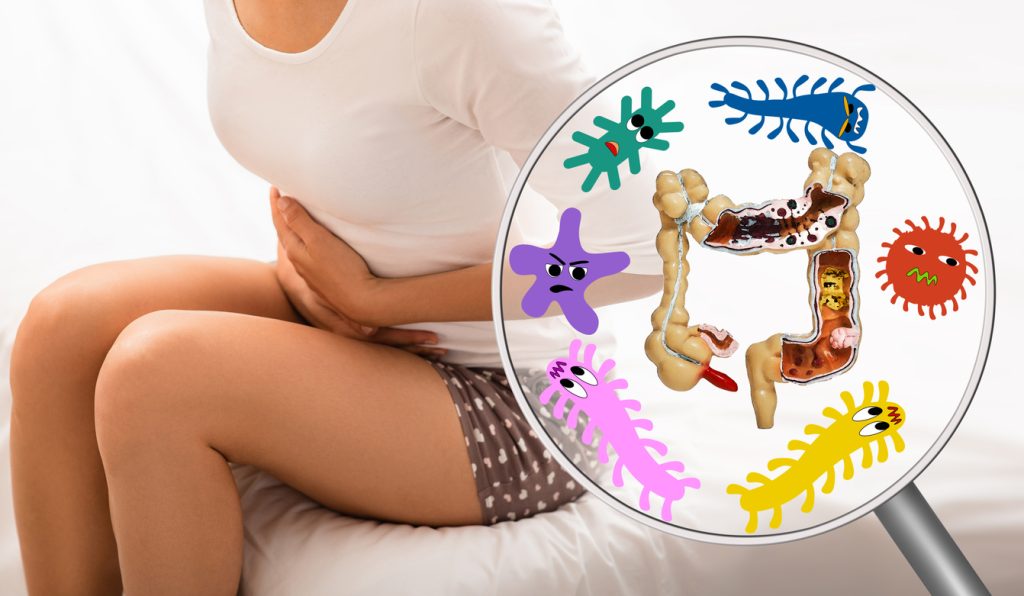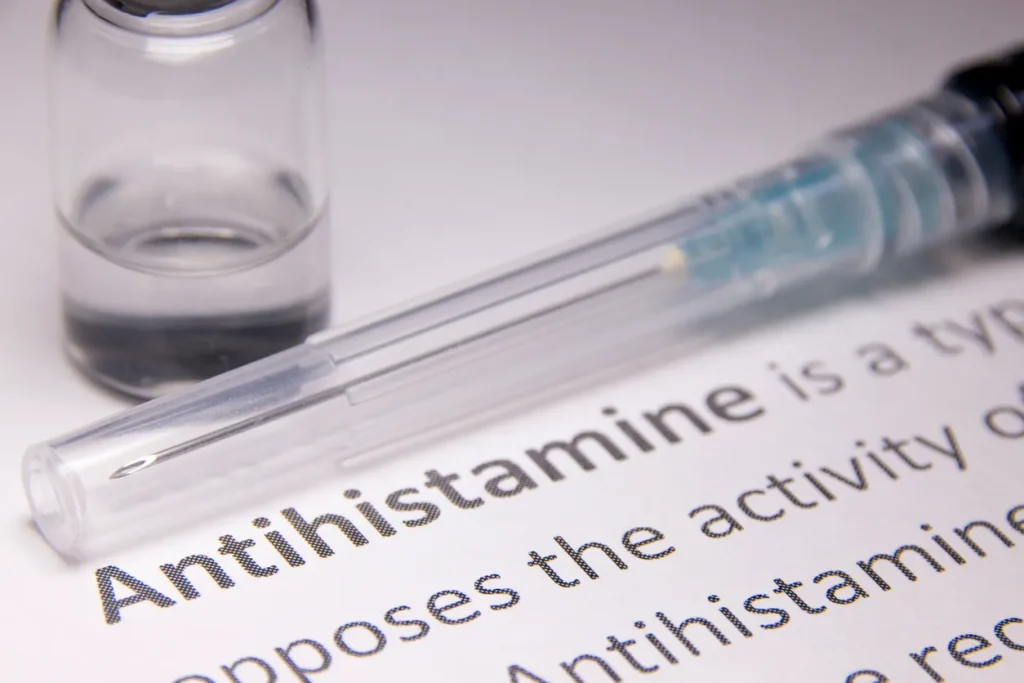Irritable Bowel Syndrome (IBS) is a common gastrointestinal disorder that causes symptoms such as abdominal pain, bloating, and changes in bowel habits. However, diagnosing IBS can be challenging because there is no definitive test for the condition. Understanding the IBS diagnosis process involves examining symptoms, performing tests, and ruling out other conditions.
Understanding IBS Diagnosis Criteria
IBS is typically diagnosed based on the symptoms a person experiences. The key symptoms of IBS include abdominal pain, bloating, diarrhea, constipation, or a combination of both. The pain is usually relieved after a bowel movement and is often associated with changes in stool frequency and consistency.
Doctors use the Rome IV criteria, which requires the patient to have:
- Recurrent abdominal pain, on average, at least one day per week in the last three months.
- The pain must be associated with two or more of the following:
- Related to defecation (either improvement or worsening with bowel movements).
- A change in the frequency of stools.
- A change in the form (appearance) of stools. In IBS-D, diarrhea is the predominant symptom, characterized by frequent, loose, or watery stools.
Subtyping IBS: Based on stool patterns, determine if the IBS type is IBS-D (diarrhea-predominant), IBS-C (constipation-predominant), IBS-M (mixed), or IBS-U (unclassified).
Common IBS Testing Procedures
Since no single test can confirm IBS, IBS testing procedures primarily focus on ruling out other potential causes of gastrointestinal symptoms. Doctors may conduct several tests to ensure that other conditions, such as celiac disease, inflammatory bowel disease (IBD), or infections, are not the cause of symptoms.
Blood tests often check for signs of infection, inflammation, or nutrient deficiencies, which may indicate another condition. Stool tests can also be performed to look for infections or blood in the stool, which are not typical of IBS.
What are the common tests for diagnosing IBS?
The most common tests used in diagnosing IBS include
- Blood tests to check for inflammation or celiac disease,
- Stool tests to rule out infections
- Colonoscopy to look for signs of more serious conditions like IBD or colorectal cancer.
These tests are not designed to confirm IBS but to exclude other conditions with similar symptoms.
Steps to Diagnose IBS Effectively
To diagnose IBS, doctors understand the patient’s symptoms and medical history. They may then conduct a physical exam to check for abdominal tenderness or other signs of gastrointestinal distress. After gathering this information, doctors will likely perform various tests to rule out other conditions.
Diagnosing Irritable Bowel Syndrome (IBS) effectively involves a systematic approach that combines symptom assessment, medical history, physical examination, and exclusion of other conditions. Here’s a step-by-step guide:
Take a Detailed Medical History
- Review the patient’s bowel habits, stool characteristics, frequency of abdominal pain, and any associated symptoms (bloating, mucus in stool, etc.).
- Identify any family history of gastrointestinal disorders or related issues.
- Assess lifestyle factors, including diet, stress levels, and any recent travel (which could indicate infections).
- Discuss previous or ongoing gastrointestinal symptoms, as well as medications and past treatments tried for symptom relief.
- Be sure the patient is up to date on colon cancer screening
Conduct a Physical Examination
- Check for abdominal tenderness, bloating, or distension.
- Assess for any other signs that could point to alternative diagnoses, such as weight loss, rectal bleeding, anemia, or nocturnal symptoms (which are less common in IBS and may suggest another condition).
Perform Basic Lab Tests
- Blood Tests: Check for anemia, inflammation, and markers of celiac disease. These can help rule out other conditions like inflammatory bowel disease (IBD) or celiac disease.
- Stool Tests: Evaluate for infections, parasites, and inflammation markers (e.g., fecal calprotectin or lactoferrin) to exclude infectious colitis or inflammatory diseases.
Exclude Other Conditions (Red Flag Symptoms)
IBS diagnosis should be approached cautiously if there are “red flag” symptoms, which may indicate other serious conditions:
- Unexplained weight loss.
- Rectal bleeding.
- Anemia or low iron levels.
- Nocturnal diarrhea.
- Family history of colorectal cancer, inflammatory bowel disease, or celiac disease.
- Onset after age 50 or rapid symptom progression.
If these symptoms are present, further testing, like a colonoscopy, may be required to rule out other causes.
Additional Diagnostic Testing (When Necessary)
- Colonoscopy: This is usually performed if the patient has red flag symptoms, is over age 45, or if initial treatments are ineffective.
- Celiac Disease Testing: Blood tests (e.g., anti-tissue transglutaminase antibody) or endoscopic biopsy if symptoms and history suggest celiac disease.
- Small Intestinal Bacterial Overgrowth (SIBO) Breath Test: Conducted if SIBO is suspected, which can mimic IBS symptoms, particularly IBS-D.
- Lactose and Fructose Intolerance Testing: Breath tests may help if symptoms worsen with dairy or fructose-rich foods.
Healthcare providers can effectively diagnose IBS by systematically assessing symptoms, ruling out other causes, and observing responses to dietary and lifestyle changes. This step-by-step approach helps ensure an accurate diagnosis while supporting personalized management strategies.
Differentiating IBS from Other Conditions
Differentiating Irritable Bowel Syndrome (IBS) from other gastrointestinal and systemic conditions can be challenging, as many disorders share similar symptoms, such as abdominal pain, bloating, and changes in bowel habits. Here’s a guide to distinguishing IBS from other conditions that may present with overlapping symptoms:
1. Inflammatory Bowel Disease (IBD)
- Conditions: Crohn’s disease and ulcerative colitis.
- Key Differences:
- Symptoms: IBD often includes blood in the stool, weight loss, fever, and fatigue, which are less common in IBS.
- Red Flags: Nocturnal symptoms (waking up with symptoms) and significant weight loss are more suggestive of IBD than IBS.
- Diagnostic Tests: Elevated inflammatory markers (CRP, ESR), anemia, and findings on colonoscopy (such as ulcers or inflammation) confirm IBD.
- Biopsies: Tissue biopsy during endoscopy can reveal microscopic inflammation characteristic of IBD.
2. Celiac Disease
- Symptoms: Diarrhea, bloating, abdominal pain, and malabsorption symptoms (e.g., anemia, fatigue).
- Key Differences:
- Associated Conditions: Celiac disease often involves other autoimmune symptoms and conditions, such as dermatitis herpetiformis (skin rash), fatigue, and nutrient deficiencies (iron, vitamin D, folate).
- Diagnostic Tests: Blood tests for anti-tissue transglutaminase (tTG) antibodies and endomysial antibodies (EMA), followed by a small intestinal biopsy during endoscopy.
- Dietary Response: Symptoms usually improve with a strict gluten-free diet, which does not affect IBS.
3. Lactose or Fructose Intolerance
- Symptoms: Bloating, gas, abdominal pain, and diarrhea following dairy or high-fructose foods.
- Key Differences:
- Food-Related Symptoms: Symptoms occur specifically after consuming lactose or fructose, unlike IBS, which is not exclusively food-dependent.
- Diagnostic Tests: Lactose and fructose breath tests measure hydrogen and methane levels to confirm malabsorption.
- Symptom Relief: Eliminating lactose or fructose from the diet typically resolves symptoms, unlike in IBS.
4. Small Intestinal Bacterial Overgrowth (SIBO)
- Symptoms: Bloating, gas, abdominal pain, and either diarrhea or constipation.
- Key Differences:
- Bloating and Gas: Severe bloating and excess gas are prominent in SIBO and can often be worse than in IBS.
- Diagnostic Tests: A breath test measuring hydrogen or methane production after ingesting a carbohydrate solution (like lactulose) is used to confirm SIBO.
- Response to Treatment: Antibiotics can significantly reduce symptoms in SIBO, while they are generally ineffective for IBS.
5. Functional Dyspepsia
- Symptoms: Abdominal pain, bloating, early satiety, and discomfort in the upper abdomen.
- Key Differences:
- Location of Pain: Functional dyspepsia usually causes pain or discomfort in the upper abdomen, unlike IBS, where pain is often in the lower abdomen.
- Overlapping Conditions: IBS and functional dyspepsia can coexist, but functional dyspepsia does not affect bowel habits as IBS does.
- Diagnostic Approach: Diagnosis is often based on symptoms and the exclusion of other conditions with upper endoscopy.
Approach to Differentiating IBS
- Evaluate Symptoms Carefully: IBS often includes recurrent abdominal pain with a pattern linked to bowel movements, without red flag signs.
- Assess for Red Flag Symptoms: Weight loss, blood in the stool, nocturnal symptoms, and fever suggest conditions other than IBS.
- Laboratory and Imaging Tests: Blood tests, stool tests, and sometimes imaging or endoscopic evaluations are necessary to rule out inflammatory, infectious, or structural conditions.
- Consider a Multi-Disciplinary Approach: For cases with atypical symptoms or severe presentations, consulting gastroenterologists, endocrinologists, or other specialists can aid in differential diagnosis.
By combining clinical criteria with targeted testing, healthcare providers can effectively distinguish IBS from other conditions with similar symptoms, ensuring patients receive accurate diagnoses and appropriate care.
Looking for fast and effective relief for your digestive discomfort? Visit Get Relief Rx today to explore proven solutions to ease your symptoms and improve your gut health. Click here to start feeling better now!





